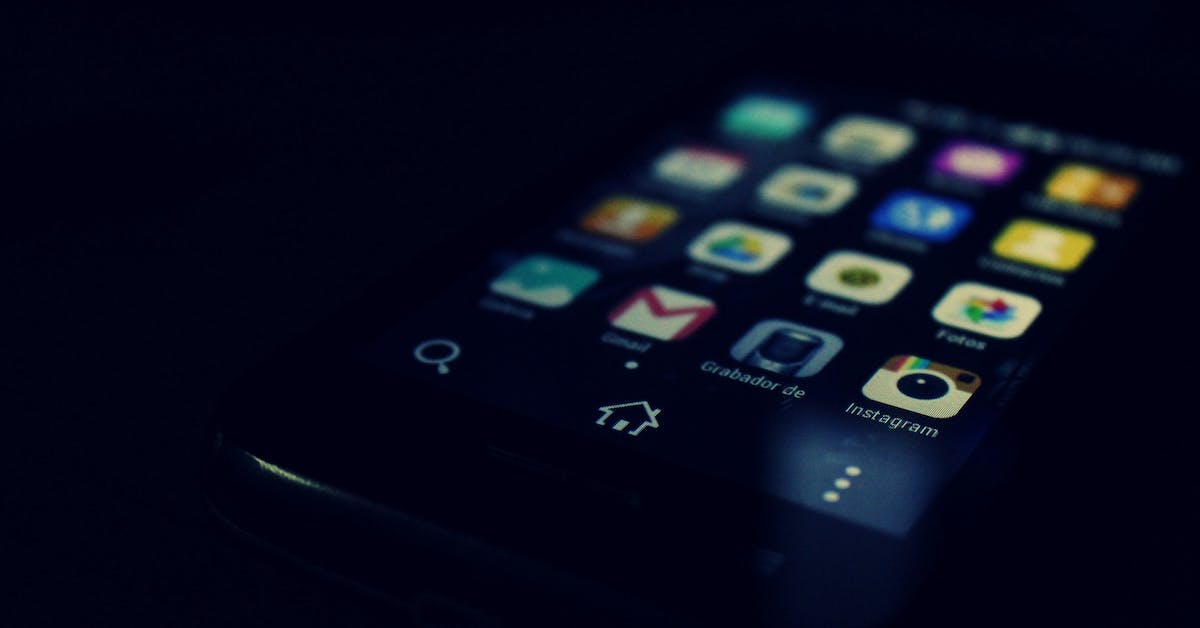In today’s digital age, user experience (UX) and user interface (UI) play a crucial role in the success of any mobile application. With the advent of Android Material Design, developers have a powerful tool at their disposal to create modern and intuitive UI/UX that delights users. In this article, we will delve into the world of Android Material Design, exploring its key principles, guidelines, and best practices to help you craft a visually appealing and user-friendly application.
Design Principles of Android Material Design
Android Material Design is built on a set of fundamental principles that guide developers in creating visually appealing and intuitive interfaces. Let’s take a closer look at these principles:
1. Material is the Metaphor
“Design is not just what it looks like and feels like. Design is how it works.” – Steve Jobs
Android Material Design draws inspiration from real-world materials like paper and ink, bringing a tangible feel to the digital realm. It emulates the way objects interact with light, casting shadows and offering a sense of depth. This principle ensures that visual cues and animations provide users with a familiar and intuitive UI/UX.
2. Bold\, Graphic\, and Intentional
To captivate users’ attention, Android Material Design embraces bold colors, striking typography, and deliberate motion. Vibrant hues and expressive typography help establish a strong visual hierarchy, making it easier for users to navigate the interface and understand its content. Thoughtful use of motion further enhances the user experience, with transitions and animations providing smooth interactions.
3. Meaningful Motion
Motion plays a crucial role in Android Material Design, not just for aesthetic purposes but also to communicate the underlying functionality of an application. Transitions and animations guide users through their interactions, providing visual feedback and maintaining a sense of continuity. By incorporating meaningful motion, developers can ensure a seamless and engaging user experience.
4. Adaptive Design
One of the key strengths of Android Material Design lies in its adaptability across a wide range of devices, screen sizes, and orientations. It encourages developers to build responsive applications that can adjust their layout and behavior to provide optimal user experiences on various devices, from smartphones to tablets and beyond.
Key Components of Android Material Design
Android Material Design offers a comprehensive set of components that developers can leverage to build visually stunning and intuitive interfaces. Let’s explore some of the key components:
1. Cards
Cards serve as containers for related pieces of information, allowing developers to group content in a visually appealing and organized manner. They can be used for displaying images, text, buttons, and other interactive elements. Cards are highly versatile and can be customized to fit the style of your application.
2. Buttons
Buttons are essential for guiding user interactions within an application. Android Material Design introduces flat buttons, floating action buttons, and raised buttons, each serving different functional and stylistic purposes. It’s important to ensure that buttons are easily distinguishable and provide clear affordances to users.
3. Tabs
Tabs provide users with an efficient way to navigate between different sections or categories within an application. They can be placed at the top or bottom of the screen, allowing users to switch between content with a single tap. Proper tab usage improves discoverability and enhances the overall user experience.
4. Navigation Drawer
The navigation drawer is a popular component in Android applications, offering a convenient way to access app-wide navigation options. By swiping from the left edge of the screen or tapping on a hamburger icon, users can reveal a hidden panel containing navigation links, settings, or other valuable features.
External Link: To learn more about Android Material Design components, check out the official documentation.
Best Practices for Implementing Android Material Design
To make the most of Android Material Design and deliver exceptional UI/UX, here are some best practices to consider:
1. Consistency is Key
Maintain a consistent visual language throughout your application. Adhere to the typography, color, and iconography guidelines provided by Android Material Design. Consistency not only enhances the overall aesthetic appeal but also ensures users can easily understand and navigate your app.
2. Prioritize Accessibility
Ensure that your application is accessible to users with disabilities. Follow the accessibility guidelines provided by Android Material Design to make your UI/UX inclusive for everyone. Consider features like appropriate color contrasts, assistive text, and proper touch target sizes to accommodate users with varying abilities.
3. Use Motion with Purpose
Leverage motion to guide users and communicate the functionality of your application. Be intentional with your animations, using them to provide feedback, highlight important actions, and showcase transitions between screens. However, avoid excessive or distracting animations that may hinder the user experience.
4. Test and Iterate
To create a truly intuitive UI/UX, it’s important to gather user feedback and iterate on your design. Conduct usability tests and collect valuable insights that can help you refine your application. Embrace constructive criticism and make adjustments accordingly to continuously enhance the user experience.
Callout: Remember, Android Material Design is not just about visual aesthetics; it’s about intuitive interactions and a delightful user experience.
Conclusion
Android Material Design empowers developers to create modern and intuitive UI/UX for their applications. By following its design principles, incorporating key components, and implementing best practices, you can deliver visually appealing interfaces that engage and delight users. Keep experimenting, iterating, and adapting your designs to provide an exceptional user experience that sets your application apart in the crowded digital landscape.
Let Android Material Design be your guiding light to create interfaces that balance aesthetics, functionality, and usability, offering users an immersive and enjoyable experience.




